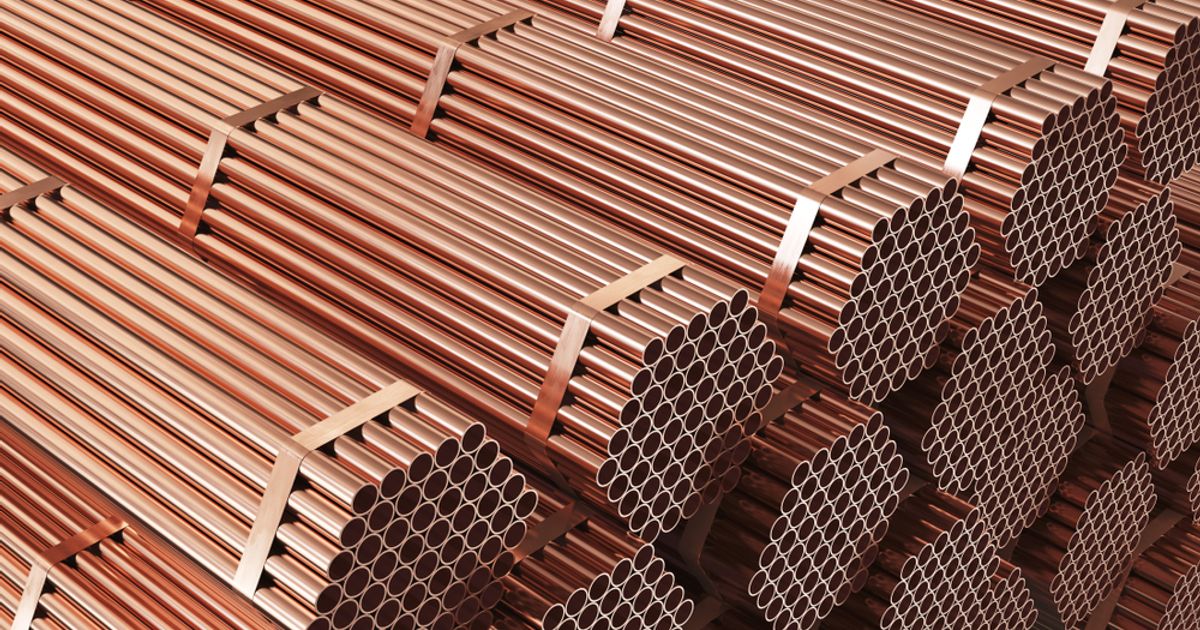Copper has been one of the most widely used and preferred metals in India for centuries. Known for its excellent conductivity, durability, and antimicrobial properties, copper is most Preferred metal in India and is extensively utilized in various industries, including electrical, construction, healthcare, and traditional crafts. In India, where tradition meets technology, copper holds both cultural and industrial significance.
Historical and Cultural Significance of Copper in India
Ancient Use in Civilization:
a. India has a rich history of copper usage dating back to the Indus Valley Civilization (3300–1300 BCE), where it was used to make tools, weapons, and ornaments.
b. Copper coins were widely circulated during various dynasties, showcasing its importance in early trade and economy.
Ayurvedic and Religious Importance:
a. Copper is regarded as a purifying metal in Ayurveda and is used to store drinking water, as it is believed to have health benefits.
b. Hindu rituals often involve copper utensils, idols, and offerings, emphasizing its spiritual significance.
Traditional and Artistic Use:
a. Copper is widely used in making sculptures, jewelry, and handicrafts, particularly in regions like Rajasthan and Kerala.
b. The famous Dhokra art, a traditional metal casting technique, employs copper alloys to create intricate designs.
Industrial and Economic Importance of Copper in India
Electrical and Electronics Industry:
a. Copper is an excellent conductor of electricity, making it the primary choice for wiring, transformers, and electronic components.
b. It is extensively used in power generation, transmission, and distribution networks, ensuring efficient energy flow.
Construction and Infrastructure:
a. Copper pipes are widely used in plumbing, heating, and cooling systems due to their corrosion resistance and longevity.
b. It is used in roofing, cladding, and architectural designs due to its durability and aesthetic appeal.
Automobile and Transportation Sector:
a. Copper is a key component in electric vehicles (EVs) and hybrid cars, used in batteries, motors, and wiring systems.
b. The demand for copper is rising in India's growing EV market, aligning with the country’s sustainability goals.
Medical and Healthcare Applications:
a. Copper has antimicrobial properties, making it ideal for hospital surfaces, medical equipment, and water purification systems.
b. Many Indian households use copper vessels for drinking water due to their antibacterial benefits.
Renewable Energy Sector:
a. India’s push towards renewable energy sources like solar and wind power has increased the demand for copper in solar panels and wind turbines.
b. Copper plays a crucial role in improving energy efficiency and reducing carbon footprints.
Comparison of Copper with Other Metals
|
Property |
Copper |
Aluminum (AlCu) |
Steel |
Gold & Silver |
|
Conductivity |
Excellent |
Moderate |
Low |
High (for gold) |
|
Durability |
High |
Moderate |
Very High |
High |
|
Corrosion Resistance |
Excellent |
Good |
Moderate |
Excellent |
|
Cost |
Moderate |
Lower than Copper |
Affordable |
Expensive |
|
Usage in Electricals |
High |
High in Power Lines |
Limited |
Low |
|
Traditional Significance |
Very High |
Low |
Moderate |
High |
Copper remains superior in electrical, construction, and healthcare applications compared to other metals, making it the preferred choice in India.
Economic and Trade Aspects of Copper in India
Copper Production and Mining in India:
a. India is home to significant copper reserves, with major mining areas in Rajasthan, Jharkhand, and Madhya Pradesh.
b. Hindustan Copper Limited (HCL) is one of the leading copper producers in the country.
Imports and Exports:
a. India imports refined copper to meet its increasing demand, especially for the electrical and automobile industries.
b. Copper exports contribute significantly to India’s trade economy, with major buyers including China, UAE, and Japan.
Growing Demand for Copper:
a. The rise in infrastructure development, digital transformation, and renewable energy projects is driving India's copper consumption.
b.The government's initiatives like “Make in India” and Smart Cities Mission have boosted the use of copper in various sectors.
Environmental and Sustainable Aspects of Copper Usage
Recyclability:
a. Copper is 100% recyclable without losing its properties, making it an environmentally friendly metal.
b. India has a robust copper recycling industry, reducing the need for excessive mining.
Energy Efficiency Contribution:
a. Copper improves energy efficiency in electrical grids and appliances, reducing energy waste and supporting sustainability goals.
b. The use of copper in green buildings helps achieve better insulation and energy conservation.
Role in Reducing Carbon Footprint:
a. The adoption of copper in electric vehicles and renewable energy systems supports India’s goal of reducing greenhouse gas emissions.
b. Copper’s durability reduces the need for frequent replacements, cutting down industrial waste.
Future of Copper in India
Growth in Electric Vehicle (EV) Market:
a. With India’s rapid shift towards electric mobility, the demand for copper in EV batteries, charging stations, and motor components is increasing.
b. Government incentives for EV adoption are further fueling the need for high-quality copper.
Expansion in Renewable Energy Sector:
a. India aims to achieve 450 GW of renewable energy capacity by 2030, leading to greater copper consumption in solar and wind energy infrastructure.
b. Advancements in Smart Technology:
c. The integration of copper in IoT devices, smart home automation, and AI-driven industries will increase its industrial demand.
Government Initiatives:
Policies supporting infrastructure development, housing projects, and modernization of the power sector will continue to drive copper usage in India.
Conclusion
Copper remains the most preferred metal in India due to its historical significance, industrial applications, sustainability, and growing demand in modern technology. From ancient rituals to cutting-edge innovations, copper’s versatility makes it indispensable across industries. With advancements in electric vehicles, renewable energy, and infrastructure, the future of copper in India looks promising.
For industries, consumers, and environmental sustainability, copper continues to be a valuable and irreplaceable resource, reinforcing India’s technological and economic growth.
ALCU stands at the forefront of copper innovation and supply, ensuring that India’s industries receive the highest-quality copper solutions for a sustainable and prosperous future.





